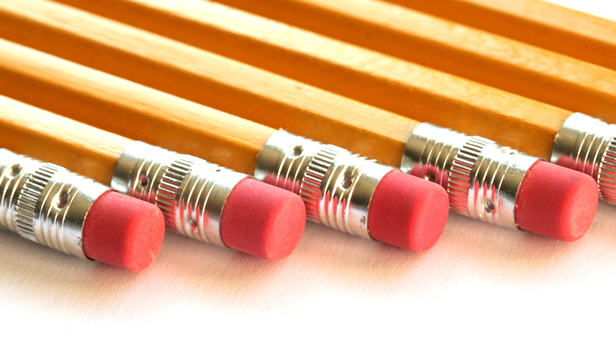
Gov. Walker’s budget proposal doesn’t make substantial changes to school choice programs, but the Legislature is eyeing its own changes
March 6, 2017
By Ola Lisowski
MacIver Institute Research Associate
[Madison, Wis…] Back in January, the Legislative Fiscal Bureau set the context for the coming budget debate and published its latest revenue forecast for the next few years. According to director Bob Lang, the state of Wisconsin is expected to have $714 million more in its coffers than it anticipated in November. One might spend time debating how close this projection will be to reality, but the real debate for the purposes of this biennium, of course, is how that money will be split up.
Other than an increase in per-pupil aids, Gov. Walker’s 2017-19 budget proposal includes no substantial changes to any of Wisconsin’s school choice programs. After two budgets that included considerable wins for school choice – the creation of the Racine program in 2011 and statewide expansion in 2013 – choice advocates are asking themselves what happened.
Many in the school choice movement had hoped the Governor would use some of the state’s expected budget “surplus” to lift the last remaining enrollment cap.
After Governor Walker released the details of his budget proposal, pro-choice groups School Choice Wisconsin and the Wisconsin Federation for Children released a joint statement, writing:
“We are disappointed that none of these funds will be used to help hundreds of families get their children off of waiting lists and into the school of their choice. Across Wisconsin, demand for the Parental Choice Programs and the Special Needs Scholarship continues to grow. Unfortunately, program caps and limitations constrain supply and restrict access to quality schools by parents and students.”
The expected “surplus” amounts to $21 million across the biennium, according to the memo.
Student enrollment in the statewide program – formally known as the Wisconsin Parental Choice Program (WPCP) – remains limited by district. Currently, no more than 1 percent of pupils residing in a public school district can participate in WPCP. Once the current school year ends, that limit will increase by 1 percent each year until the 2025-26 school year, when a 10 percent threshold is reached. The following year, the caps will be removed entirely.
Neither the Racine nor the Milwaukee programs utilize such caps. While pro-voucher groups have pushed for other administrative measures that would increase efficiency within the programs, WPCP’s district enrollment caps are one of the last substantial barriers for the growth of school choice in Wisconsin.
The ultimate goal? Ensuring that access to school choice in this state does not hang at the whim of one election. Though with over 33,000 students and more than 200 schools currently participating, that goal seems to be getting further and further away.
From the perspective of the Governor’s office, choice schools do just fine under the budget proposal, with a $217 per pupil aid increase.
“There’s been no greater advocate for choice and charter schools across the nation than Governor Walker over the last six years,” Tom Evenson, a spokesman for the Governor, said. “We think that with this increase, they do well.”
When funding goes up for children in traditional public schools, per pupil funding must go up an equal amount for students in the choice programs. In other words, the additional per-pupil funding is required by law.
“Hopefully, the legislative process will produce solutions for parents on waiting lists across Wisconsin,” School Choice Wisconsin and Wisconsin Federation for Children’s joint press release reads.
Hope exists in the Legislature, where Majority Leader Sen. Scott Fitzgerald said that lifting the enrollment caps in choice programs would “absolutely” be part of the discussion moving forward. During a wispolitics.com luncheon, Fitzgerald said that Republican lawmakers were interested in continuing their substantial efforts towards school reform this budget.
School choice in Wisconsin is not going away. Demand on the side of students and of schools is constantly growing, with many districts already hitting their artificial caps on enrollment. Choice schools are posting ever-improving academic outcomes, in some cases even outperforming their full-income public school counterparts. The Governor knows this, having nodded to the movement in his budget address when he said that he trusts parents.
For now, the budget moves onto the Legislature.